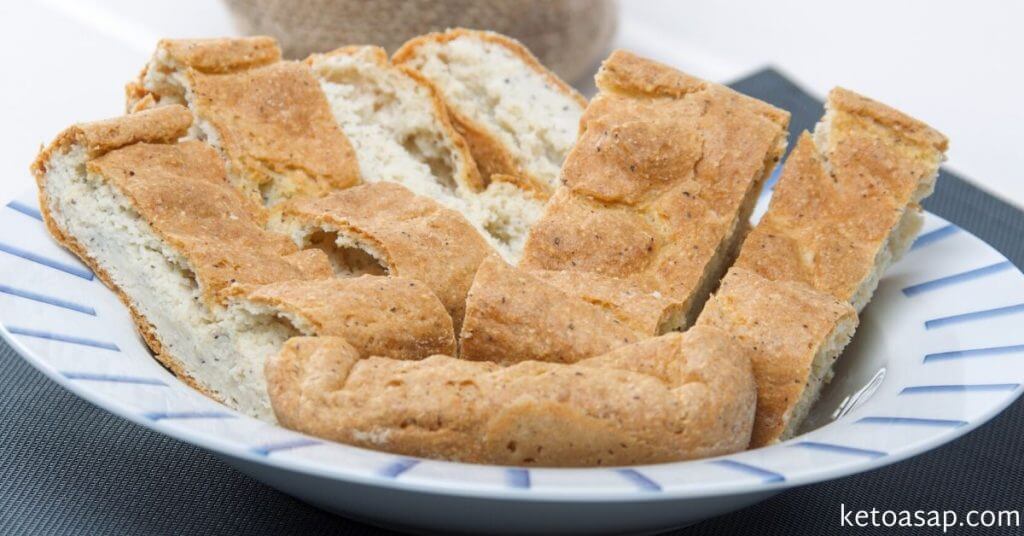Menu
Grommets and glue ear
 Glue ear is a build-up of fluid inside the middle ear (behind the ear drum).
Glue ear is a build-up of fluid inside the middle ear (behind the ear drum).
Glue ear is known as Otitis Media with Effusion.
Read how you can help your child and understand what glue ear and grommets are really.Please rememberthat this advice does not replace a Doctor’s recommendations.
What causes glue ear?
The middle ear constantly ‘sweats’ the fluid that is produced usually empties away from the middle ear when we yawn or swallow. But when we have an ear infection, this process doesn’t work as it should due to swelling, and results in the fluid thickening up as it builds up behind the middle ear.
Is glue ear serious?
While chronic and untreated glue ear can have a detrimental effect on your child’s language and speech development, it will usually cause temporary problems with your child’s hearing. Glue ear can stop the bones in the ear and the ear drum from moving freely, which can result in conductive hearing loss. If your child has glue ear, he may:
- Suddenly seem deaf – he can’t hear you, he needs everything to be loud
- Start being louder – he may start speaking louder than normal
- Lose his sense of balance – with restricted movement of his ear’s bones, your child may seem a little drunk
- Seem inattentive – with reduced hearing, he’ll miss some of what is going on around him seem unusually irritable -usually because his head feels foggy and he can’t ‘clear’ his ears
 Treating glue ear:
Treating glue ear:
If your GP has tried to resolve your child’s ear infections by using antibiotics (of which you may have been prescribed two courses) without success, he may refer you to a specialist.
If your child suffers from glue ear that cannot be resolved, he may need to have grommets (tiny ventilation tubes) to be put into the eardrum to allow the thick glue-like fluid to flow out, and to allow the middle ear to be ventilated.
Grommets are fitted under anaesthetic and this type of day-surgery is one of the most common done on young children.
What are grommets?
- Grommets are tiny (approx. 2mm wide), plastic ventilation tubes that sit in place through the ear drum, allowing air circulate around the middle ear and fluid to drain out to the ear canal.
- Once the fluid is removed and air can get into the middle ear once more, your child’s hearing will improve rapidly.
- The grommets will fall out over time (usually between 3 and 18 months). As your child grows, his ear drum grows too.
- Some children need to have multiple sets of grommets put in over succeeding years until their Eustachian tubes are big enough to deal with the fluid unassisted.
- While your child has grommets, he will need to have his ears checked regularly to ensure that the grommets are in place and working properly; very occasionally, a grommet can get blocked.
IMPORTANT!
While your child has grommets, you will need to take precautions to keep water out of the middle ear – this means using ear plugs, silicone putty and a swimming cap or ear wrap every time your child gets his head wet, be that while swimming or bathing. Without protecting your child’s ear, you will leave it open to bacteria from dirty water.
Thanks to Ella Walsh.




